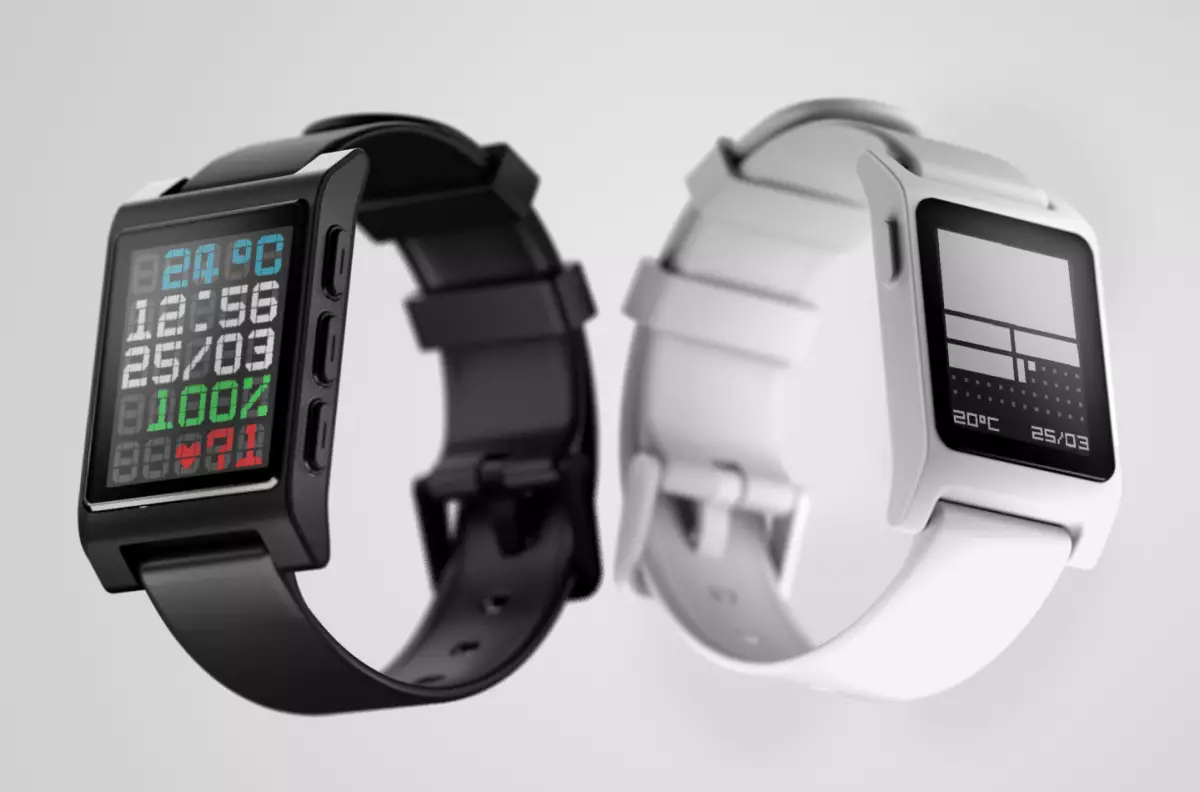In the ever-evolving landscape of wearable technology, few names resonate as profoundly as Pebble. Founded in 2012, this California-based startup was a trailblazer on crowdfunding platform Kickstarter, becoming a pivotal player in the smartwatch revolution long before giants like Apple and Samsung entered the arena. Pebble’s initial run was nothing short of spectacular, with over two million units sold, cementing its position as a hallmark of innovation. Yet, like many startups with meteoric rises, it faced challenges, culminating in its abrupt closure in 2016 following an insolvency process. This left behind a legacy that enthusiasts cherished and a technology landscape keenly missing its unique offerings.
Fast forward to 2024, and the story takes a thrilling turn with the unveiling of two new smartwatches—the Core 2 Duo and Core Time 2—by Eric Migicovsky, the original visionary behind Pebble. In many ways, these devices serve as spiritual successors, reviving the ethos and simplicity that made the brand beloved. Priced at $149 for the Core 2 Duo and $225 for the Core Time 2, these devices promise to bring back the charm of simpler tech while tapping into the advancements of today’s technology.
Embracing Simplicity in a Complex World
In an age dominated by flashy features and overwhelming functionalities, the new Core smartwatches stand out with their commitment to basic utility and accessibility. The Core 2 Duo flaunts an always-on E Ink display without the complications of touch interfacing—just straightforward buttons that evoke nostalgia. With a decidedly retro vibe, enthusiasts are invited to reconnect with the essence of wearable technology. Instead of adding layers of complexity, Migicovsky seems intent on revisiting the foundations that endeared Pebble to users in the first place.
People today are inundated with notifications and endless app possibilities. The Core 2 Duo cuts through the noise and focuses on what truly matters—notifications, alarms, and timers—essentials that maintain practicality without the added confusion that often accompanies modern smartwatches. It’s a powerful statement in a frenetic tech world where less can often equate to more.
Features That Set the Stage for Culture and Community
Two standout features of the new devices tie back to the original Pebble ethos. First, the extraordinary battery life—up to 30 days—reestablishes a crucial advantage that many modern devices have sacrificed for enhanced displays and additional functionalities. The focus on battery longevity is a refreshing contrast to most other smartwatches that require daily recharging.
Second, the spirit of customization is alive and well in the Core series. Pebble captured the hearts of developers and users alike with its hackable nature, allowing for countless custom watchfaces and simple applications. This DIY culture is embedded in Migicovsky’s current venture, which encourages users to dive into a world of creativity, potentially reigniting a vibrant community dedicated to smartwatch innovation.
An Authentic Approach with Emphasis on User Experience
The launch does come with its share of caveats, as Migicovsky openly admits to the project being a “labor of love.” He acknowledges upfront that users may encounter some rough edges—delays in shipping, unfinished features, or unforeseen durability issues. This transparent approach is refreshing; rather than presenting a polished, perfect product, he emphasizes the authenticity of the project. The watches are not about flooding the market but about creating a rewarding experience that fosters joy with every glance at your wrist.
The Core Time 2, while sporting a slightly enhanced 64-color display and a touch interface, echoes the same spirit of authentic user engagement. Nevertheless, touch interactions with Pebble apps won’t be available at launch, reinforcing the notion that these devices prioritize reliability over trendy gimmicks.
The Spirit of Volunteering a Promise
Though the watches are a nostalgic nod to the past, they carry the weight of future potential—an invitation to the genius of the community and a call to participate in the evolution of the device. With Google open-sourcing PebbleOS, there lies a vast opportunity for the tech-savvy to contribute, enriching the functionality and adaptability of the watches.
Ultimately, the return of Pebble, now in the form of Core Devices, is not merely about bringing back a product. It’s about nurturing a culture around simplicity, creativity, and joy—elements that are often overshadowed in the race for the next big thing in technology. Rather than becoming a fleeting trend, this cautious yet deliberate revival may just be what the smartwatch market needs.

